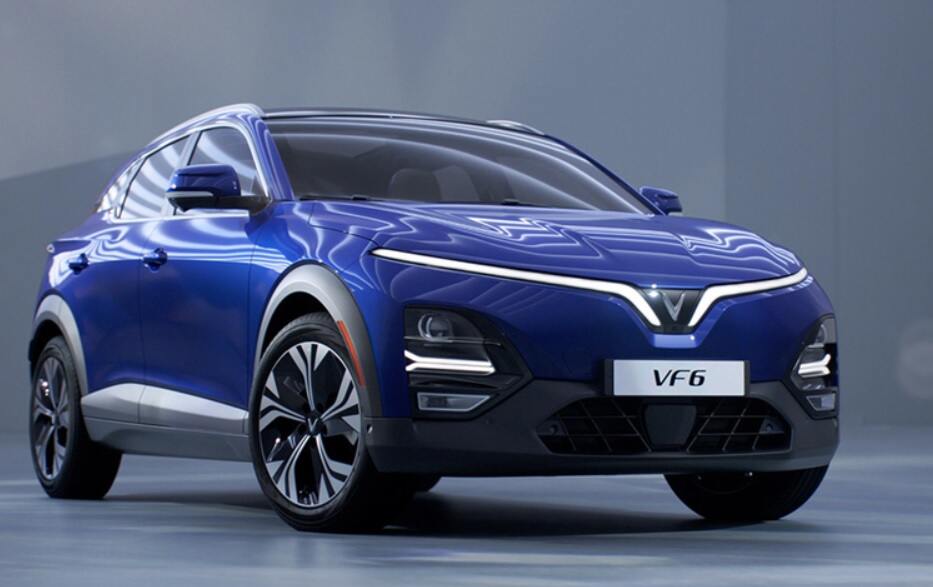Vietnam’s home-grown electric carmaker VinFast, which splashed this week when its shares debuted on the Nasdaq, has stirred a mix of caution and interest among dealers with a recent change in how it will distribute its cars in the U.S. market. The company, which has shipped nearly 3,000 vehicles to North America since late last year, said on Tuesday it was changing its distribution model, which has been based on Tesla’s (TSLA.O) direct-to-consumer approach.
The new model will involve a combination of reservations, online sales, and local delivery through dedicated company-owned outlets already operating in California. The company says it will partner with dealer groups to open additional points of sale but didn’t specify how many or where they would be located.
VinFast aims to become the first foreign automaker to add the word global to its name, and it is making a big play to do so in the United States. Its lineup in the region will be dominated by electric SUVs like the V.F. 8 and V.F. 9 that are being shipped to customers this spring, as well as the smaller V.F. 6 that was shown in January 2022 at CES.
The company is currently working to build a $4 billion factory in North Carolina and will begin building its first vehicles there later this year. Its founder, billionaire Nguyen Thien Vuong, has sought multiple avenues to help cover the project costs, including state and county incentives, private bank financing, and additional funding from himself.
But it has been a bumpy road for the company to get to this point. In May, VinFast recalled all the electric SUVs that had already shipped to North America over a software problem limiting their driving range. The recall was costly for the company, and it also raised questions about the viability of its business model in a market where consumers have been wary of buying electric cars.
Still, several dealers contacted by Reuters remain open to selling VinFast vehicles. They want to know more about the sales strategy, requirements for dealers, and how the company will distribute parts for repairs. The company will also need to make evident how its warranty works.
VinFast Chief Executive Officer Le Thi Thuy says the listing isn’t a publicity stunt to introduce her company to American consumers but an essential step in expanding beyond its home market. The company aims to sell at least 60,000 vehicles in the U.S. this year. It has 122 showrooms open globally, most in the U.S., and is also exploring expansion in other countries. Getting listed on the Nasdaq will allow VinFast to tap more investors and raise more money as it grows in the United States. That may prove crucial for the startup, which is counting on a rapid ramp-up in its sales to become profitable. E.V. makers generally need help to achieve breakeven in their early years as they spend heavily on advertising and building up production capacity.



